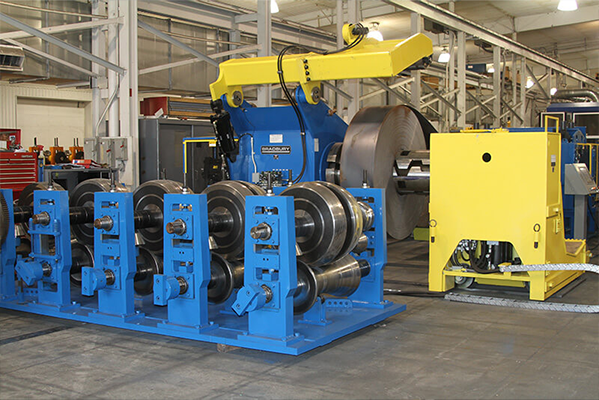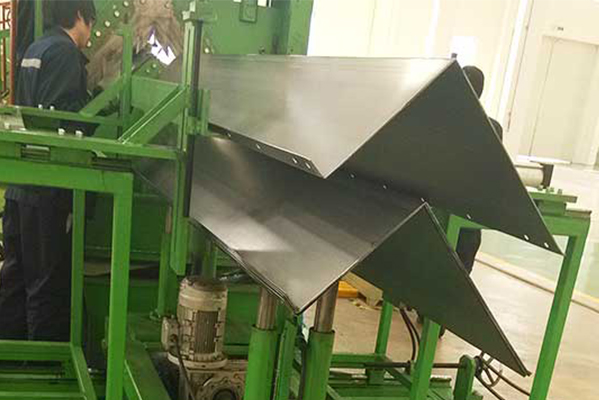Navigation Menu
Contact Us
- Email:
- info@wxavatar.com
- Address:
- Yurong Village, Yuqi Street, Huishan District, Wuxi, China.
Release Date:Jun 27, 2025 Visit:37 Source:Roll Forming Machine Factory
In modern metal fabrication, the demand for precision, efficiency, and versatility continues to grow—especially when it comes to heavy-duty bending applications. As a result, more manufacturers are turning to hydraulic long folders as a core solution for shaping large metal sheets. But what is driving this shift, and why are hydraulic long folders becoming the preferred choice?

1. Enhanced Bending Capacity
One of the primary reasons manufacturers are investing in hydraulic long folders is their ability to handle thicker and longer sheets with consistent force. Traditional manual or mechanical folding machines may struggle with heavy-duty tasks, but hydraulic systems can deliver the pressure needed to achieve uniform bends in tough materials like steel and aluminum.
2. Improved Accuracy and Repeatability
Hydraulic long folders are engineered with advanced control systems that allow for precise angle adjustments and automated back-gauging. This means that even complex bend sequences can be executed with high accuracy. For manufacturers producing large volumes of parts, this consistency is crucial for maintaining product quality and reducing scrap rates.
3. Operational Efficiency and Time Savings
Automation and hydraulic assistance significantly reduce operator fatigue and manual labor. Features like programmable bending cycles, foot pedal operation, and hydraulic clamping mechanisms allow for quicker setups and faster cycle times. In heavy-duty production lines, these efficiencies can lead to noticeable gains in overall throughput.
4. Flexibility Across Applications
Hydraulic long folders are suitable for a variety of applications—from building panels and roofing sheets to industrial enclosures and structural components. Their ability to accommodate different sheet sizes and bend radii makes them a versatile tool in both custom fabrication and mass production environments.
5. Durability and Reliability
Built with robust frames and high-grade hydraulic systems, these machines are designed for long-term performance under continuous use. Their reliability helps minimize downtime, which is especially valuable for operations with tight production schedules.
6. Integration with Modern Production Lines
Many hydraulic long folders can be integrated with CNC systems and digital interfaces, enabling smarter workflows and easier operator training. These integrations support digital job tracking, recipe storage, and error minimization—all contributing to better process control.

Conclusion
The growing preference for hydraulic long folders in heavy-duty bending operations is no coincidence. Their blend of power, precision, and automation addresses the practical challenges faced by modern manufacturers. As industries continue to prioritize efficiency and quality, hydraulic long folders are set to remain a key asset in the evolving landscape of metal fabrication.